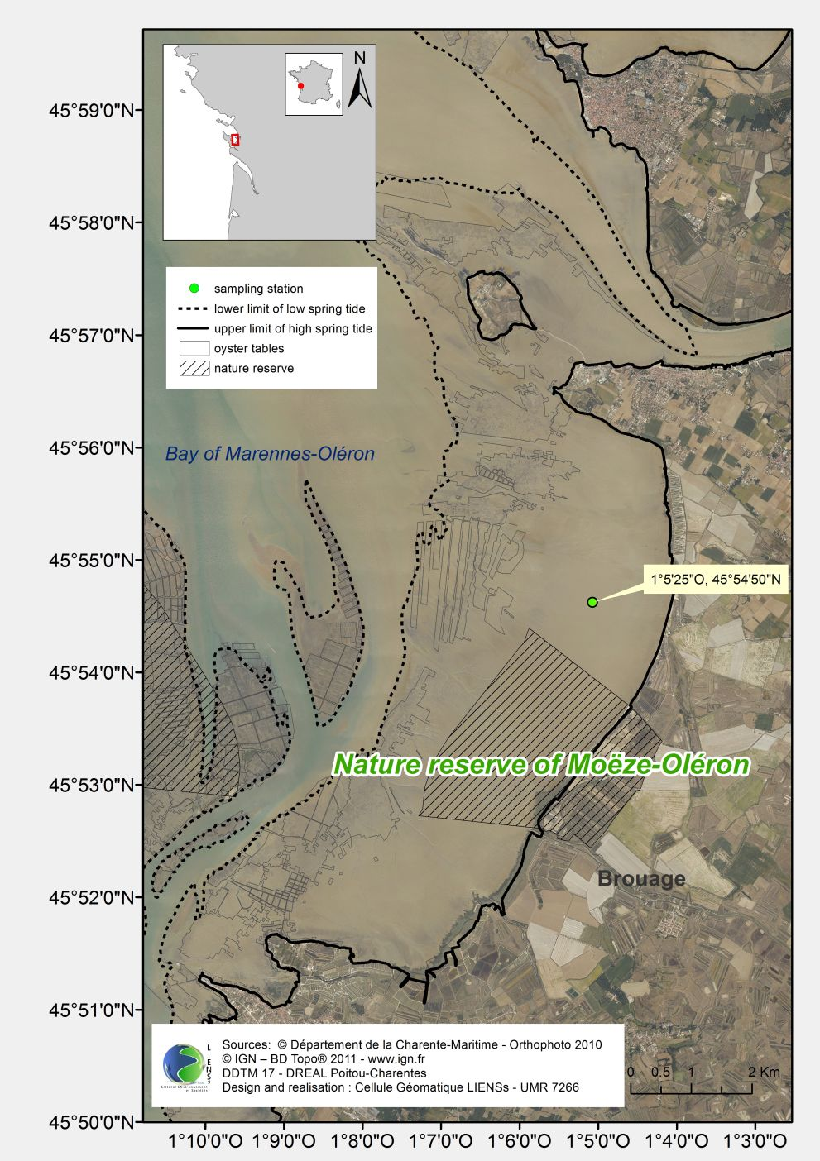Bacteria
Type of resources
Topics
Keywords
Provided by
Representation types
Update frequencies
status
Scale
-
RESOMAR is a national network whose main objective is to bring together studies and monitoring programmes conducted at the network’s stations and observatories (Wimereux, Luc/Mer, Dinard, Roscoff, Brest, Concarneau, Ile d'Yeu, La Rochelle, Arcachon, Anglet, Banyuls, Perpignan, Sète, Marseille, Villefranche / Mer). Based on benthic and plankton community monitoring programmes implemented by the stations, one of RESOMAR’s objectives is to use this biological information in order to answer scientific questions, for example concerning the factors which control the distribution and abundance of organisms on different spatial and temporal scales. This monitoring information, the characteristics of which vary depending on the station (number of sites, frequency, continuous monitoring or not, communities observed, taxonomic resolution, observation methods, etc.) is brought together in two databases (RESOMAR/BENTHOS and RESOMAR/PELAGOS), which are currently being developed. The RESOMAR-PELAGOS database hosts biological data obtained by the pelagic aspects of RESOMAR (around fifteen programmes as of September 2012): http://abims.sb- roscoff.fr/pelagos/ This database in particular brings together observation data (long-term series, inventories, spatial studies, etc.).
-

Intertidal mudflats are a key system of the network, being closely connected to ecosystems which form the transition between the watershed area and the ocean. Their high productivity is linked to activity within a diatom biofilm, the functioning and future of which have recently been the subject of many research programmes. However, the determinism and future of bacterial production associated with the secretion of ExoPolySaccharides within the biofilm is largely unknown. Early studies have nevertheless shown that this production is at least as high as that of diatoms. An integrated view of the ecological functioning of intertidal mudflats within a more global schema of carbon flow therefore needs to define and quantify the determinism of this bacterial production and it future within the ecosystem.
 Catalogue PIGMA
Catalogue PIGMA